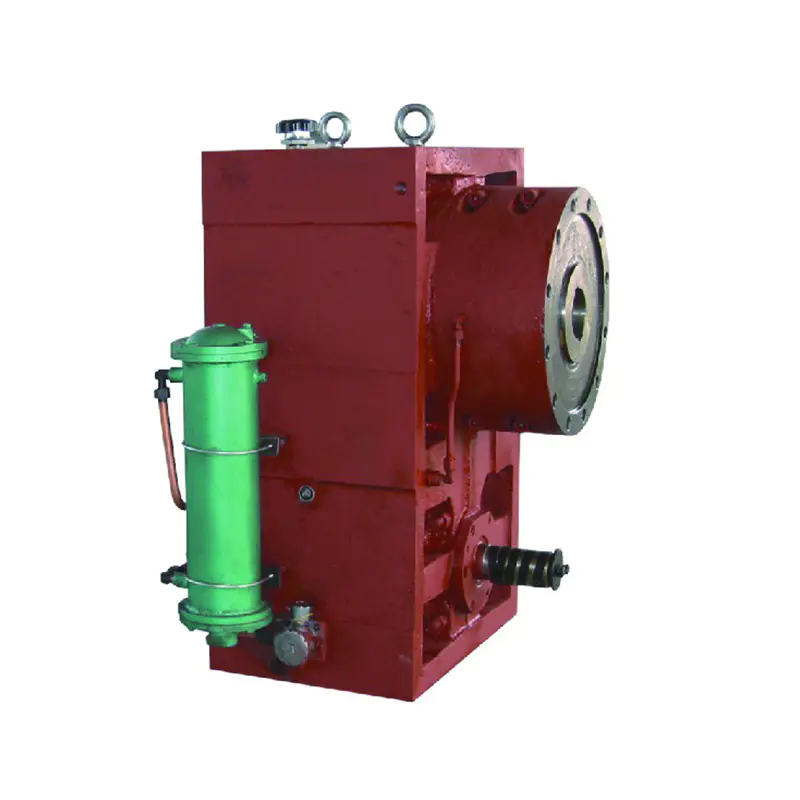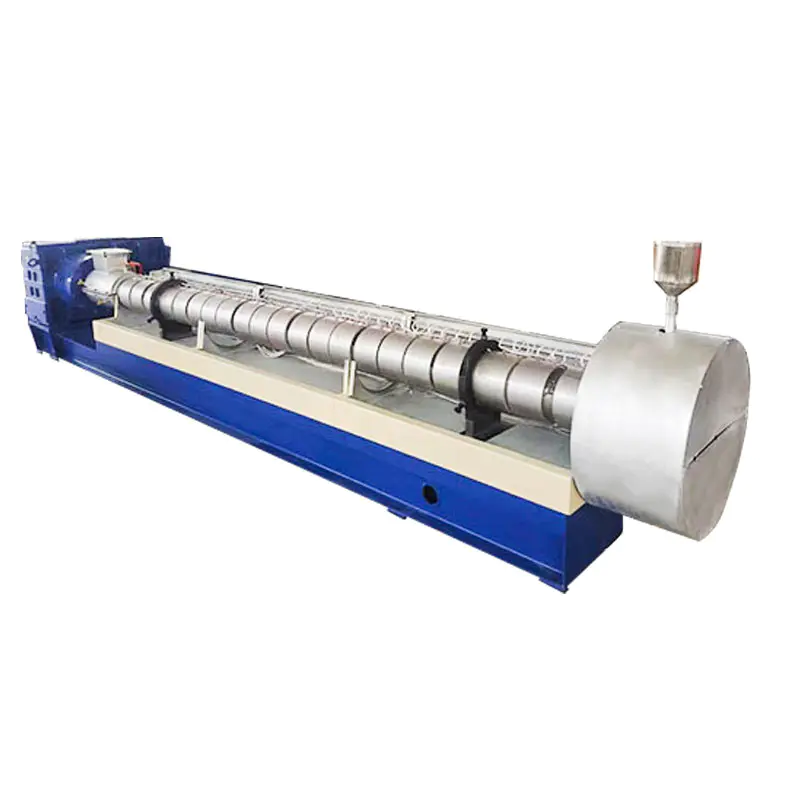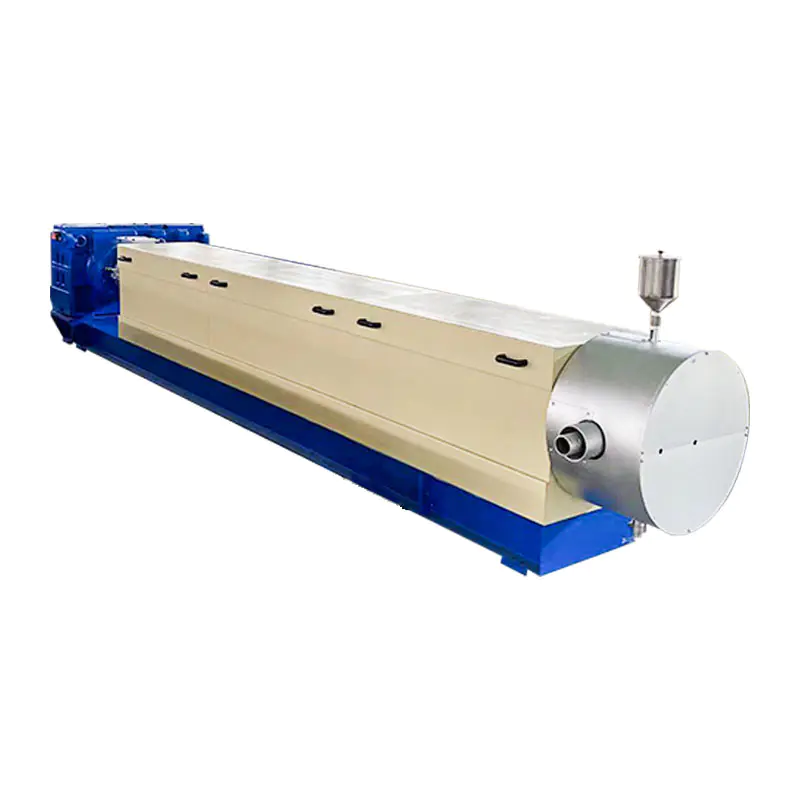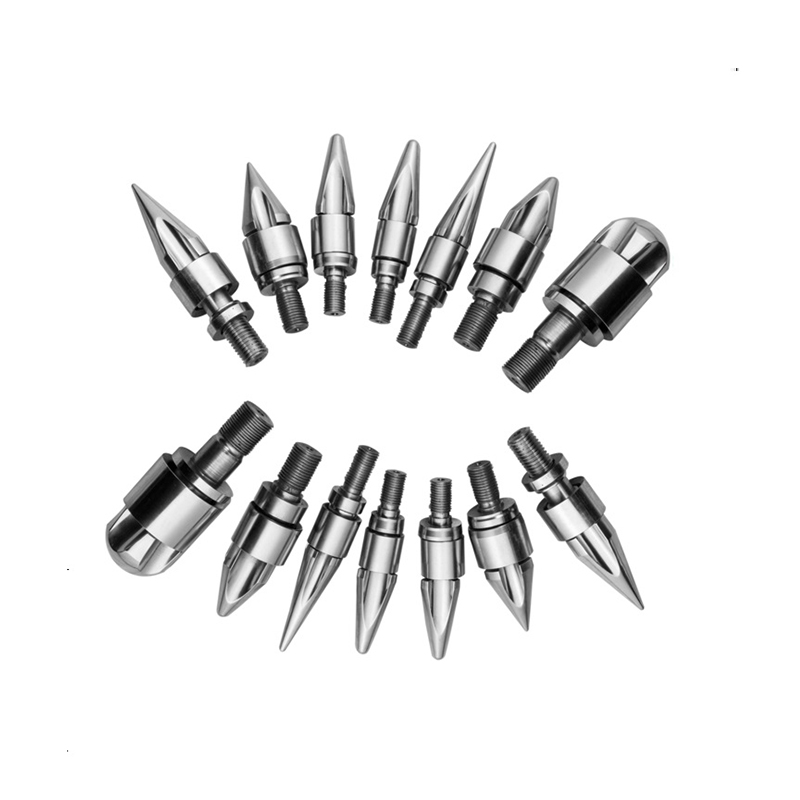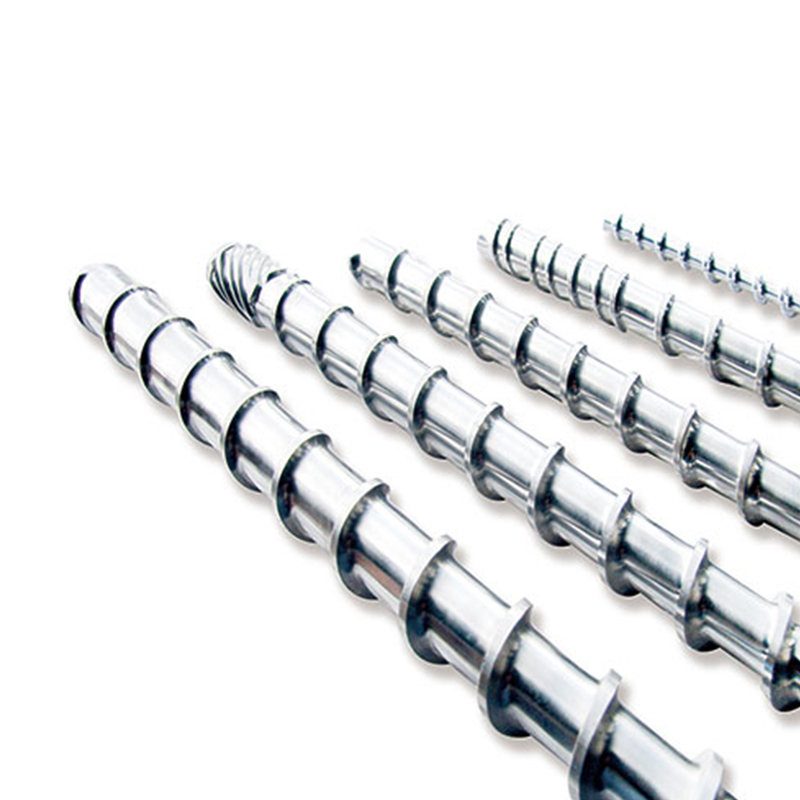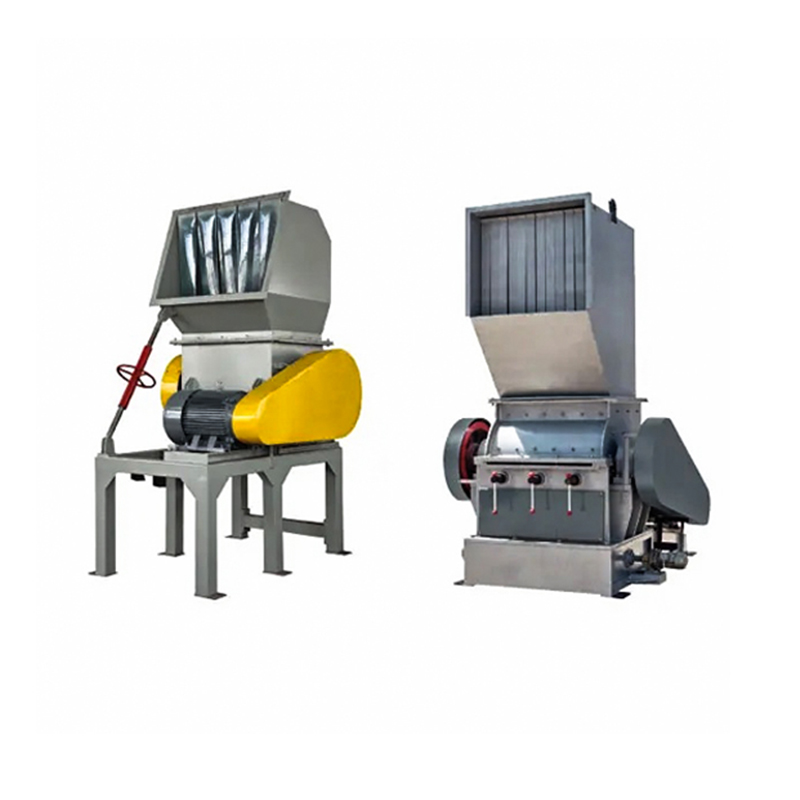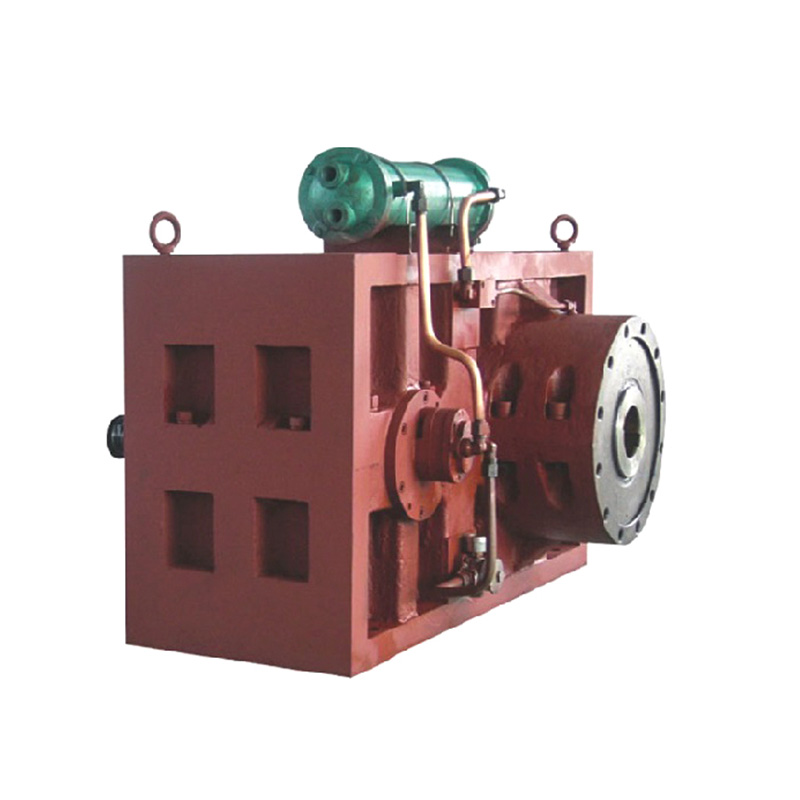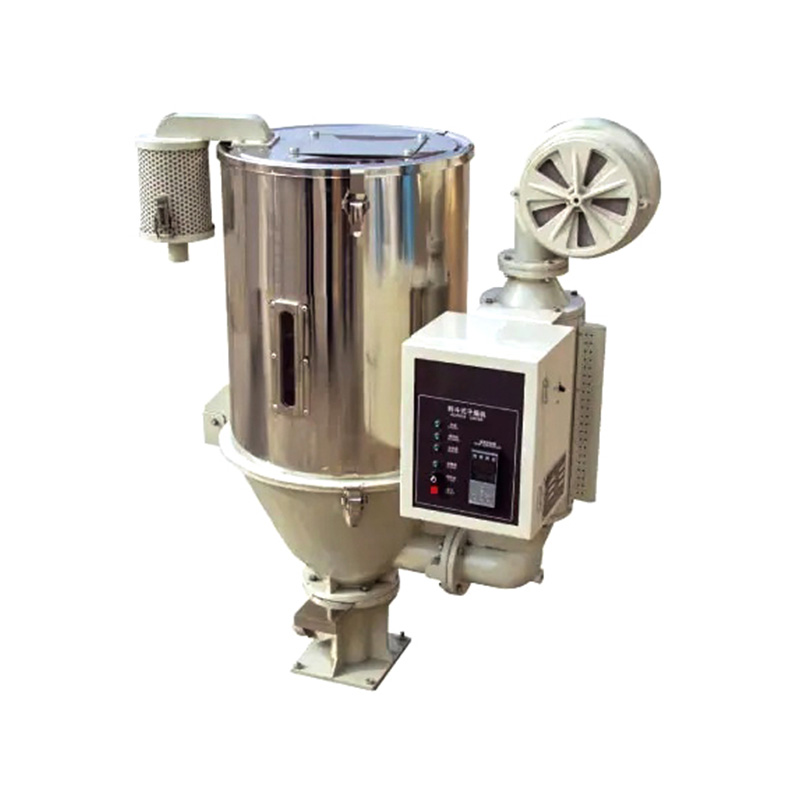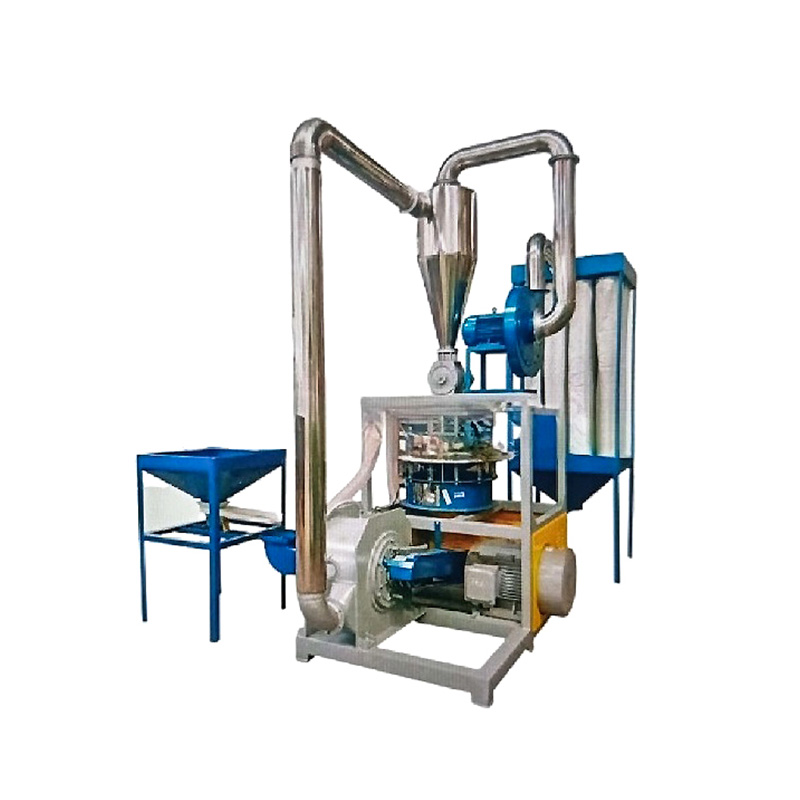The question of Conical Screw Barrel compatibility within two-stage extrusion systems is a frequent consideration for processors seeking enhanced performance, particularly for challenging materials or demanding applications. Understanding this relationship is crucial for optimizing efficiency, product quality, and machine longevity. While not a universal plug-and-play solution, conical screw barrels offer distinct advantages that can be highly compatible and beneficial within a well-engineered two-stage setup.
Understanding the Components:
Conical Screw Barrel: This design features a screw and barrel where the diameter gradually decreases from the feed section towards the discharge end. This geometry inherently creates higher compression ratios and generates significant pressure build-up within a shorter length compared to parallel designs. The key strengths of the Conical Screw Barrel lie in its exceptional melting efficiency, superior mixing capabilities, and inherent stability under high-pressure conditions.
Two-Stage Extrusion System: Primarily used for vented extrusion (devolatilization), this system separates the plasticization/melting functions from the metering/pumping functions. The first stage melts and compresses the polymer. The melt then flows through an open vent port (often under vacuum) to remove volatiles, air, or moisture. The second stage repressurizes the melt and pumps it through the die. Maintaining a distinct pressure differential between the two stages (high pressure in the first stage, low pressure at the vent, high pressure again in the second stage) is critical for stable venting and consistent output.
Assessing Compatibility:
The integration of a Conical Screw Barrel typically occurs in the first stage of a two-stage system. Here's how compatibility and benefits manifest:
Enhanced First-Stage Performance: The Conical Screw Barrel's intense melting and compression action is ideal for the first stage's primary task. It rapidly generates the high pressure needed to force the melt through the restrictive vent section and into the second stage feed throat. This high-pressure generation capability is a core strength of the conical design.
Improved Venting Stability: The robust melt seal created by the Conical Screw Barrel at the end of the first stage is crucial. This seal prevents pressure "blow-by" from the second stage back into the vent zone. Maintaining a low-pressure environment at the vent is essential for effective volatile removal; a strong melt seal ensures this pressure differential remains stable.
Material Suitability: Conical Screw Barrels are often preferred for the first stage when processing materials that are:
Difficult to Melt: Requiring high shear and compression (e.g., certain rigid PVC formulations, filled compounds).
High Volatile Content: Needing efficient venting (e.g., recycled materials, hygroscopic resins like PET or nylon without perfect drying, materials with residual monomers/solvents).
Shear-Sensitive: Benefit from the potentially shorter residence time and controlled shear profile achievable in a conical design compared to some long parallel screws.
Thermal Stability: The efficient melting and mixing action can promote better thermal homogeneity before the melt enters the vent zone, contributing to stable venting.
Considerations and Challenges:
Precise Engineering: Successful integration demands meticulous design. The transition zone between the conical first stage and the second stage (typically a parallel screw design) must be engineered to ensure smooth melt flow and maintain the necessary pressure balance. The geometry of the vent port area and the feed section into the second stage screw are critical.
Wear Management: The high pressures and potential for abrasive materials in the first stage mean wear management on the Conical Screw Barrel and related components (thrust bearings, especially) is paramount. Robust construction and appropriate materials of construction are essential.
Not Always Necessary: For many standard applications with easily processed resins and low volatile content, a well-designed parallel screw in the first stage is often sufficient and more cost-effective. The Conical Screw Barrel shines when tackling more demanding processing challenges.
System Tuning: Optimizing process parameters (temperatures, screw speeds, vacuum levels) is vital when using a conical barrel in a two-stage system to achieve the desired balance between melting, venting efficiency, and output stability.
The Conical Screw Barrel is demonstrably compatible with two-stage extrusion systems and can be a highly effective solution, particularly when deployed as the primary plasticizing unit in the first stage. Its inherent strengths in generating high pressure rapidly, creating a robust melt seal, and efficiently melting challenging materials align well with the functional requirements of the first stage in a vented extrusion line. However, this compatibility hinges on precise system engineering, careful selection for the specific material and application, and diligent attention to wear and process optimization. When these factors align, the Conical Screw Barrel can significantly enhance the performance and efficiency of a two-stage extrusion process for demanding applications.



 عربى
عربى
